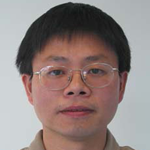REFTAS Laboratory
Past Students
Neda Nourshamsi

Thesis Title:
Statistical analysis of electromagnetic complex cavities
Thesis Abstract:
In the last decades, statistical modeling of the maximum electromagnetic (EM) field has been calculated by applying extreme order statistics and the central limit theorem. However, this method only works in the over-moded regime when the parent distribution is known. In this dissertation, the Generalized Extreme Value (GEV) distribution is introduced as an alternative statistical methodology to model the maximum field level directly in different environments such as under-moded regime or a not well-stirred environment. The distribution can converge to three different asymptotic distributions which have different tails (an upper bounded or a fat tail). In order to validate the GEV distribution, mechanical stirring is used inside the reverberation chamber and the equipment under test (EUT) box. The samples from the external stirring follows a Rayleigh distribution. However, locating a small tuner inside the cavity (“internal stirring”) generates a non-Rayleigh distribution. The GEV distribution is applied through samples from internal stirring in both under-moded and over-moded regimes. A maximum likelihood estimator is used to compute the parameters of the GEV distribution. The good agreement between parametric and non-parametric (empirical) samples is achieved which is of interest in the study complex EM cavities. Additionally, the effects of varying the shape parameter of the GEV distribution on the uniformity inside the reverberation chamber are presented. The typical uncertainties inherent inside a nested chamber are also assessed, which are required for statistical modeling. Finally, the GEV distribution has been used to model the maximum field level, while the quality factor of the EUT box has been decreased by locating absorbing material inside the box. This is typically representative of locating electronic devices inside the EUT box. As an additional contribution, we introduce multi-layers perceptron (MLP) as a function approximator to estimate the dimension of materials to have a specific quality factor inside a small cavity. In other words, instead of using random number and dimension of absorbing material, we propose using a neural network to interact the process. A committee of networks and Monte Carlo cross validation are used to improve the performance of the network.
Jacob Dixon
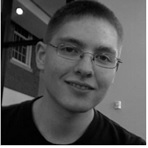
Rahul Bakore
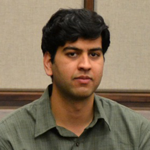
Dipen Das

Ponlakit Jariyatantiwait (Q)
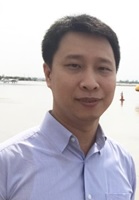
Ponlakit Jariyatantiwait, PhD. (“Q”) (2015)
Thesis Title:
Computational Study of Microwave-induced Thermo-acoustic Tomography by Time-domain Finite Element Method
Thesis Abstract:
This work presents a time-domain finite element method (TDFEM) for simulation of thermo-acoustic (TA) signal generation in biological tissue for the application of microwave-induced thermo-acoustic tomography (MITAT). This time-domain numerical technique is useful in the analysis of time-varying electric and pressure field generation while a non-conventional microwave pulse excitation in non-homogeneous medium of complex biological tissue structure is applied in this application. In this work, an intensity-modulated chirp pulse at microwave frequency is first applied as an alternative microwave pulse excitation for MITAT. The results of applying the modulated chirp pulse show that the peak-power of microwave pulse can be reduced compared with that of using the conventional modulated Gaussian pulse excitation. In this work, two configurations of acoustic detector array for TA signal detection are considered: concave and convex array, which is a suitable configuration for the application of breast cancer and prostate cancer detection, respectively. The detected TA signal by the array of acoustic detector is processed using a cross-correlation detection in which the propagation (delay) time characteristic of captured TA signal is extracted. This delay time characteristic carries information of the electromagnetic absorption distribution of the tissue in which the back-projection is applied for an image reconstruction. The numerical results of induced TA signal from conventional and modulated chirp pulse are shown. The reconstructed images are compared on the different cases of microwave pulses, detector arrays, tissue properties and geometries.
Sovanlal Mukherjee
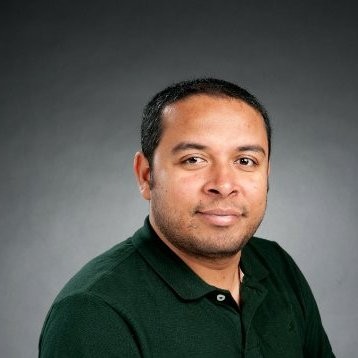
Sovanlal Mukherjee, PhD. (“Sovan”) (2013)
Thesis Title:
In-silico Study of Trans-rectal Computed Tomography for External and Internal Imaging Geometry
Thesis Abstract:
This work investigates a complete forward and inverse model of thermo-acoustic computed tomography (TACT) for the reconstruction of electrical conductivity distribution within an external and internal imaging geometry. The external imaging geometry that resembles a geometry used for the breast cancer detection and the internal imaging geometry that resembles a geometry used for the prostate cancer detection is illuminated by an electromagnetic (EM) source at a microwave frequency and the generated acoustic wave within the geometry due to EM illumination is detected by an array of ultrasonic transducers. From the detected acoustic wave, the absorbed energy density profile within the geometry and hence the electrical conductivity which is directly related to the energy density is reconstructed. It has been well proved that cancerous tissue exhibits different conductivity profile from normal tissue due to different concentration of ions and water in the cancerous tissue. As a result of this, cancerous tissue absorbs microwave energy differently and a reconstructed image based on an absorbed microwave energy density or conductivity profile can give a precise location of the cancerous tissue. A finite element method (FEM) based complete reconstruction algorithm is investigated and various simulated reconstructed images based on different conductivity profile between cancerous and normal tissue are shown.
Vignesh Rajamani

Vignesh Rajamani, PhD. (2010)
Thesis Title:
Establishing Probability of Failure of a System Due to Electromagnetic Interference
Thesis Abstract:
A wire placed inside the metallic box will serve as the equipment under test and the distributions of current and fields will be calculated via measurements. From the distribution, the probability of the observable exceeding a certain threshold can be determined. From the nature of the EME generated, the probability of threat due to EMI can be derived under some assumptions. Combining both the probabilities, the net probability of failure of the system could be determined. Reverberation chambers will be useful in measurements in this study as they simulate operating conditions of the EUT inside a cavity and as the EUT is exposed in all directions to the electromagnetic field, the uncertainty is also reduced. The probability models can provide insight into what type of testing is required to assure worst case testing with reasonable accuracy. The final outcome of this work is to establish the probability of failure due to current coupled onto a cable or a cable bundle located close to the wall of a cavity due to external or internal coupling of EM. The electromagnetic environment of the cavity was determined to estimate the probability of threat depending on the location of the cable inside the cavity. Given that the probability of threat exists, then the probability that the value of the current exceeding a certain threshold was determined. The environment in which the EUT operates and the influence of the environment on the observable that is being targeted was also determined which aids in the calculation of threshold probability. Finally, the net probability of failure of a system was determined from the individual probabilities. The major focus of this work was on the development of the methodology that is sufficiently general to obtain the distribution of any observable. The procedure developed could be used in different scenarios and from a class of distributions developed for each scenario, the probability of threat and probability of failure of a system due to EMI can be calculated.
David Gentry
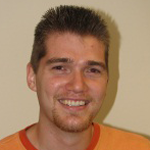
Jakkrit Kunthong
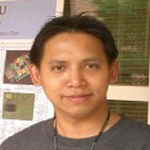
Ryan Salisbury
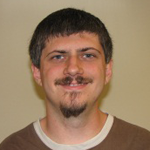
Amjad Awawdeh
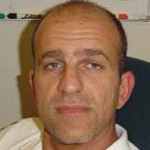
Cameron Musgrove

Zijing Wang
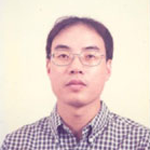
Yanzhong Li
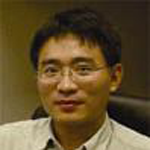
Zulfiqar Khan
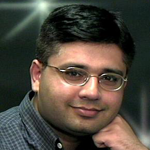
Shih Pin Yu
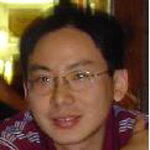
Amensisa Galelacha
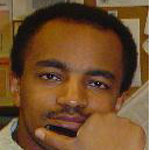
Junho Lee
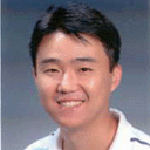
Dena Bymun
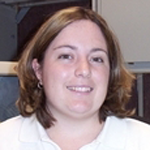
Zhiqin Zhao
